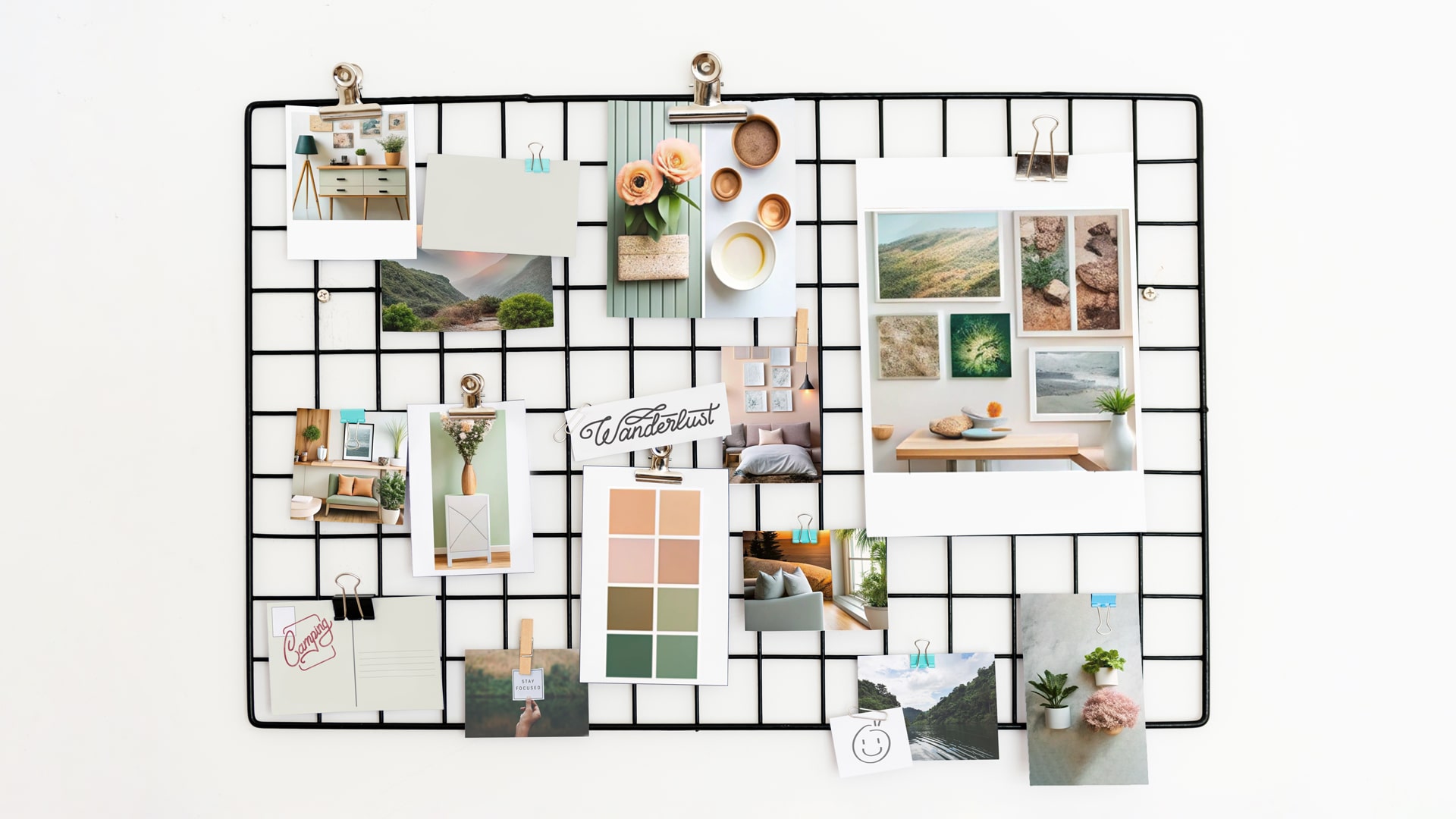
For branding purposes, a moodboard is a picture that shows how the brand should look, feel, and act. It’s usually a mix of pictures, colors, textures, patterns, fonts, and other visual elements that capture the essence of the brand’s personality and make people feel or think of things in a certain way. This keeps the brand’s vibe consistent across all its marketing stuff.
In contrast to what people often think of a mood board as just a bunch of pictures, colors, and words that look nice together, it’s much more than that—it’s a powerful tool that helps brands figure out who they are and how they want to show themselves to the world.
This means that a mood board isn’t just about creating a pretty picture; it’s about creating a visual roadmap that directs the brand’s identity and messaging in the long term.
Let’s imagine starting a new café. We could produce a mood board including inviting warm photographs of bustling cafes, steaming mugs of coffee and coffee beans alongside appealing shades like brown and cream.
This would indicate our brand aims to welcome customers and focuses on providing a cozy coffee experience in a friendly environment. The assembled visuals collectively convey the inviting atmosphere sought for the business.
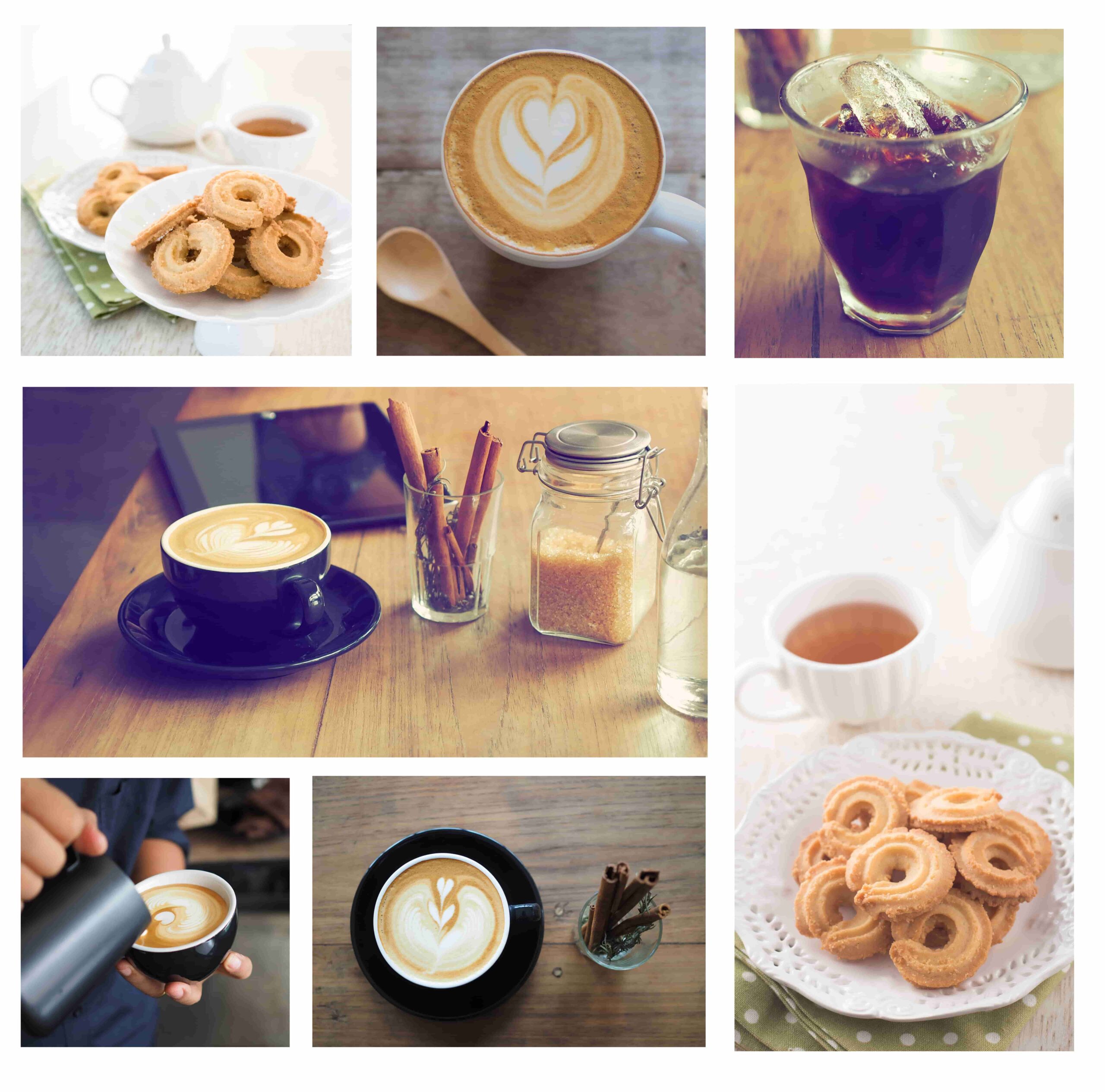
Mood boards are helpful for brands because:
- They provide a visual guide for designers to follow so branding stays consistent. All of our signs, ads, websites, etc., will have a similar look.
- They help convey what the brand is about to people working on it. Our mood board shows everyone that we want to have a vintage, cozy coffee shop vibe.
- They inspire ideas for marketing materials by showing the look and feel the brand wants. When we design a new ad, we can reference the fonts and colors on our mood board.
Throughout this article, you’ll learn about brand mood boards, their purpose, types, elements, how to make one, examples of successful ones, and so much more.
The Purpose of a Mood Board
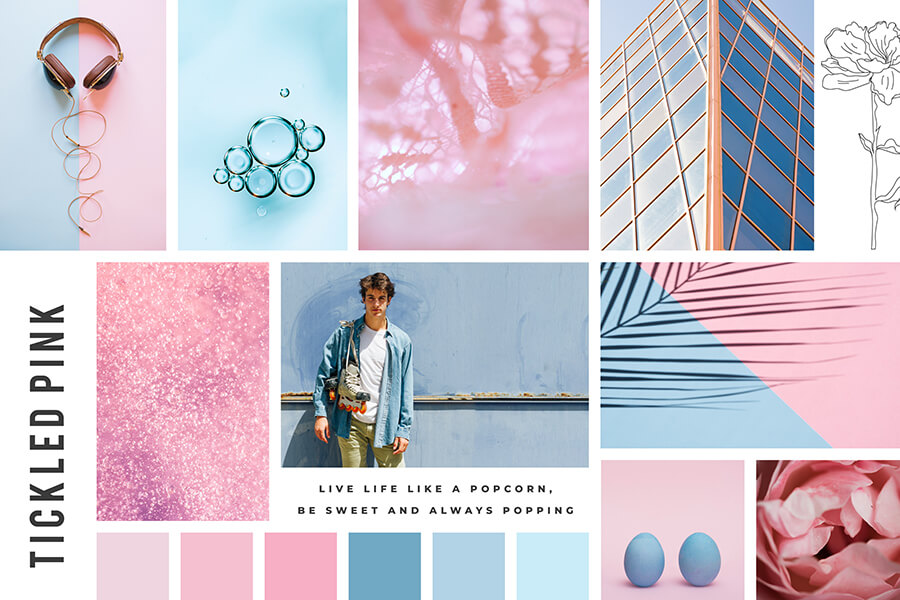
A mood board does many valuable things when you’re building up a strong and put-together brand identity. Let’s explain each one:
Visualizing Brand Identity
The main purpose of a mood board is to visually express the core of your brand’s character. It combines photographs, colors, textures, and fonts that embody your brand’s appearance and how it comes across.
For example, let’s say your brand strives to be natural and rustic. Then, your mood board may include warm, earthy brown hues, woven patterns, handwritten typefaces, and images of forests or scenery. By seeing all these elements together, you can get a sense of your overall brand identity.
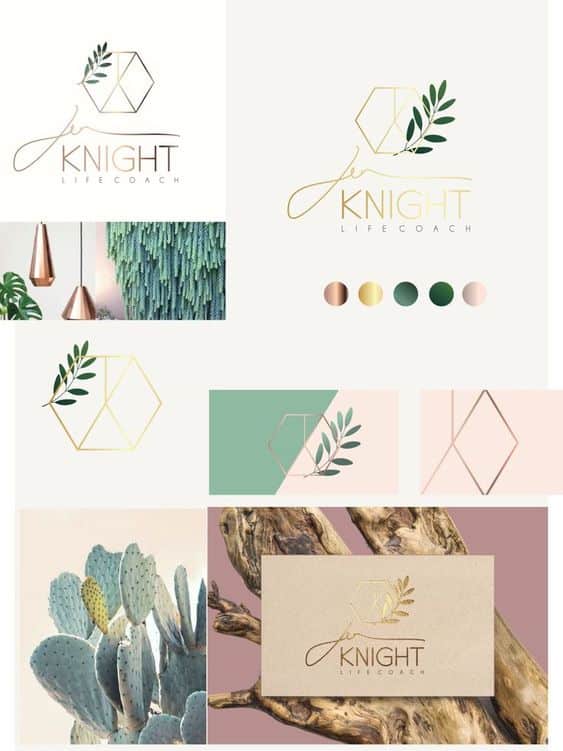
This board tangibly represents the atmosphere your company aims to portray. By creating one, you ensure that your marketing stays true to the sense of your business that people can easily capture from the mood board.
Facilitating Creative Communication
Mood boards simplify communicating your brand identity to designers, marketers, or anyone assisting in developing your company image. Rather than trying to describe abstract notions like “trendy” or “rustic” through language, you can present your mood board as a tangible example. It’s your visual selection that sets the tone everyone can refer to as new marketing strategies and materials are made. If everything you want associated with your brand is clearly displayed for all to see simultaneously, there will be no room for misinterpretation. A well-crafted mood board is a straightforward representation for teams to implement actively.
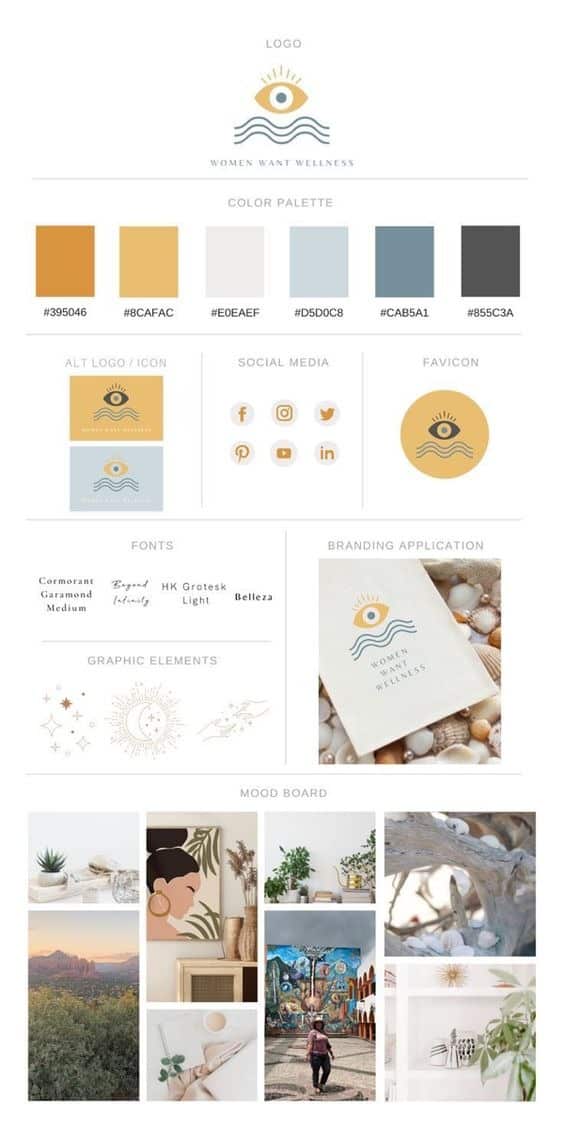
This prevents confusion and gets everyone aligned on your brand’s intended look and feel from the very start. If a designer’s work doesn’t match your mood board, you can provide that visual feedback to get them back on track.
Guiding Brand Strategy and Development
Once finished, your mood board becomes a guiding resource for all future brand growth. Whenever creating new branded materials like logos, websites, advertisements, or packaging is necessary, use the mood board to make sure the look and feel are consistent.
Over time, consistency is key to building solid brand recognition with customers. Every interaction customers have with the brand should reinforce the core brand personality through the aesthetics defined in the mood board.
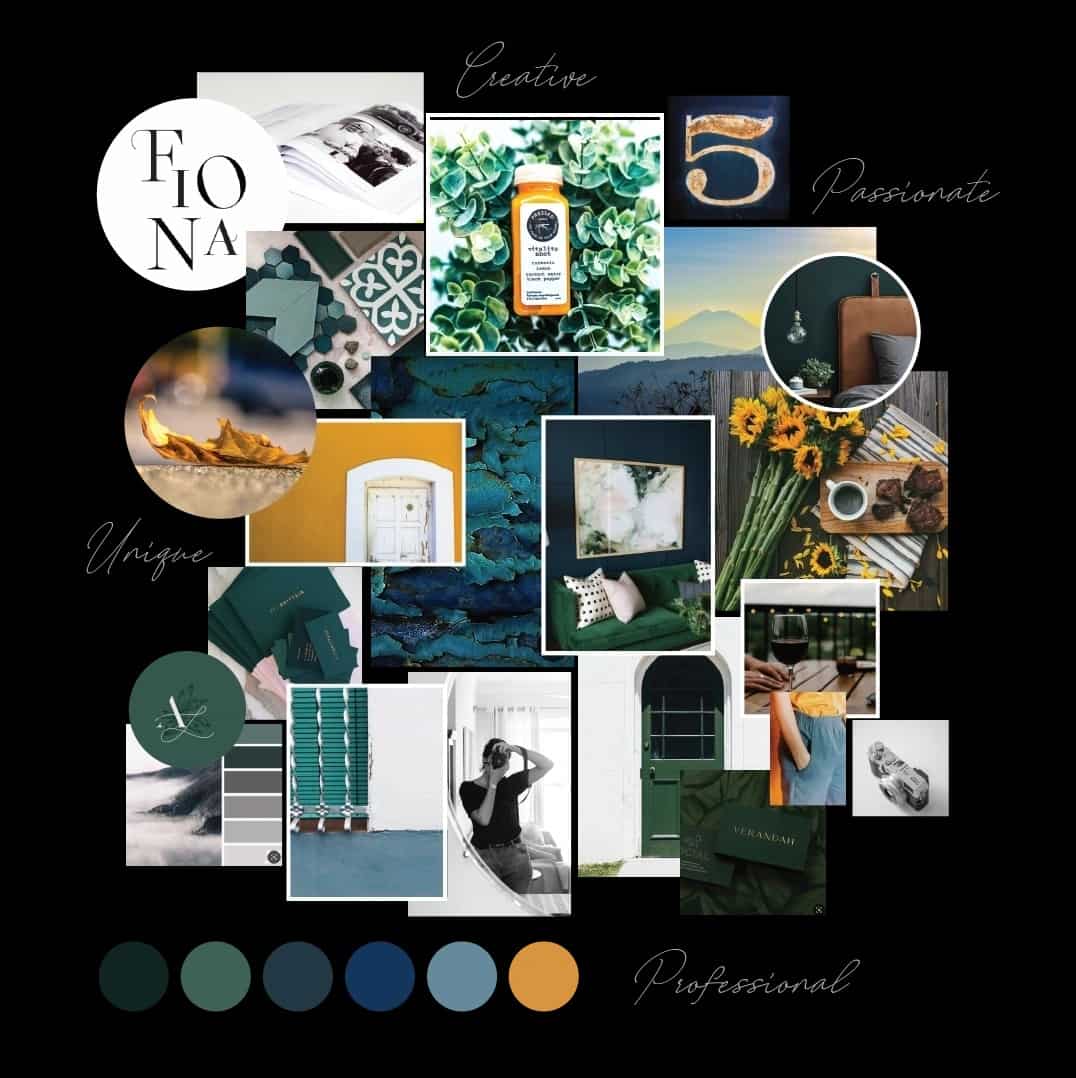
Essentially, a carefully designed mood board establishes upfront the unique visual identity of the brand. It synchronizes all teams’ efforts, directs innovative vision, and maintains consistency throughout the brand as the company expands and evolves. With the mood board serving as a benchmark, the brand personality makes itself across clearly in all branding and appears authentic and coordinated.
Components of an Effective Mood Board
An excellent mood board brings your brand’s personality and essence to life through carefully collecting various visual elements. Here are some key components to include:
Color Palettes: Setting the Tone
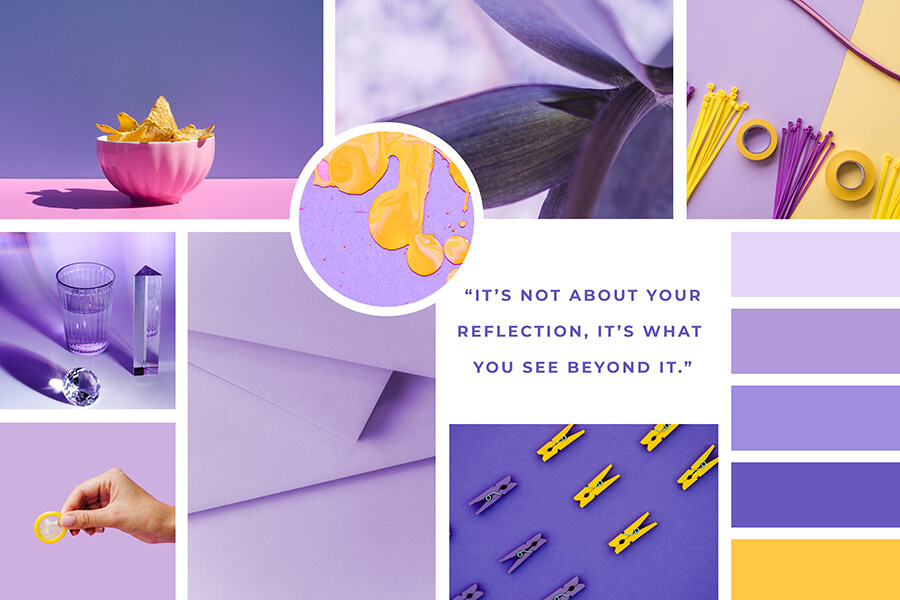
The colors you choose set the overall mood and vibe for your brand. Include swatches or examples of your brand’s core color palette on the mood board. The colors should align with the personality you want to convey.
For example, warm earthy tones like terracotta, sage green, and creamy white could represent a natural, grounded brand. Bright, saturated hues like fuchsia, lemon yellow, and cobalt suit a youthful, energetic brand better.
Typography and Fonts: Communicating Brand Voice
The fonts you use can make your brand feel classic or modern, playful or serious. Your mood board should showcase the general font styles and treatments that capture your brand voice and personality.
Perhaps you want a bold, sans-serif font to convey a minimalist vibe. Or maybe quirky, hand-lettered scripts better fit your brand’s friendly, creative spirit.
Imagery and Photography: Visualizing the Brand Essence
Visuals effectively convey what a brand signifies swiftly. Assemble inspiring photographs, drawings, graphics, or patterns mirroring principles, services, or general appearance.
For an environmentally-aware outdoors company, encompass lush natural scenery and natural tactile aspects. Meanwhile, a trendy cosmetics brand could capitalize on crisp item photographs, simplified shapes, and bursts of vibrant hue.
The selected visual palette conveys the brand’s unique characteristics and intended message. Images are essential to forming an initial impression that reflects the underlying theme. Through strategic incorporation, the overall essence is effectively captured.
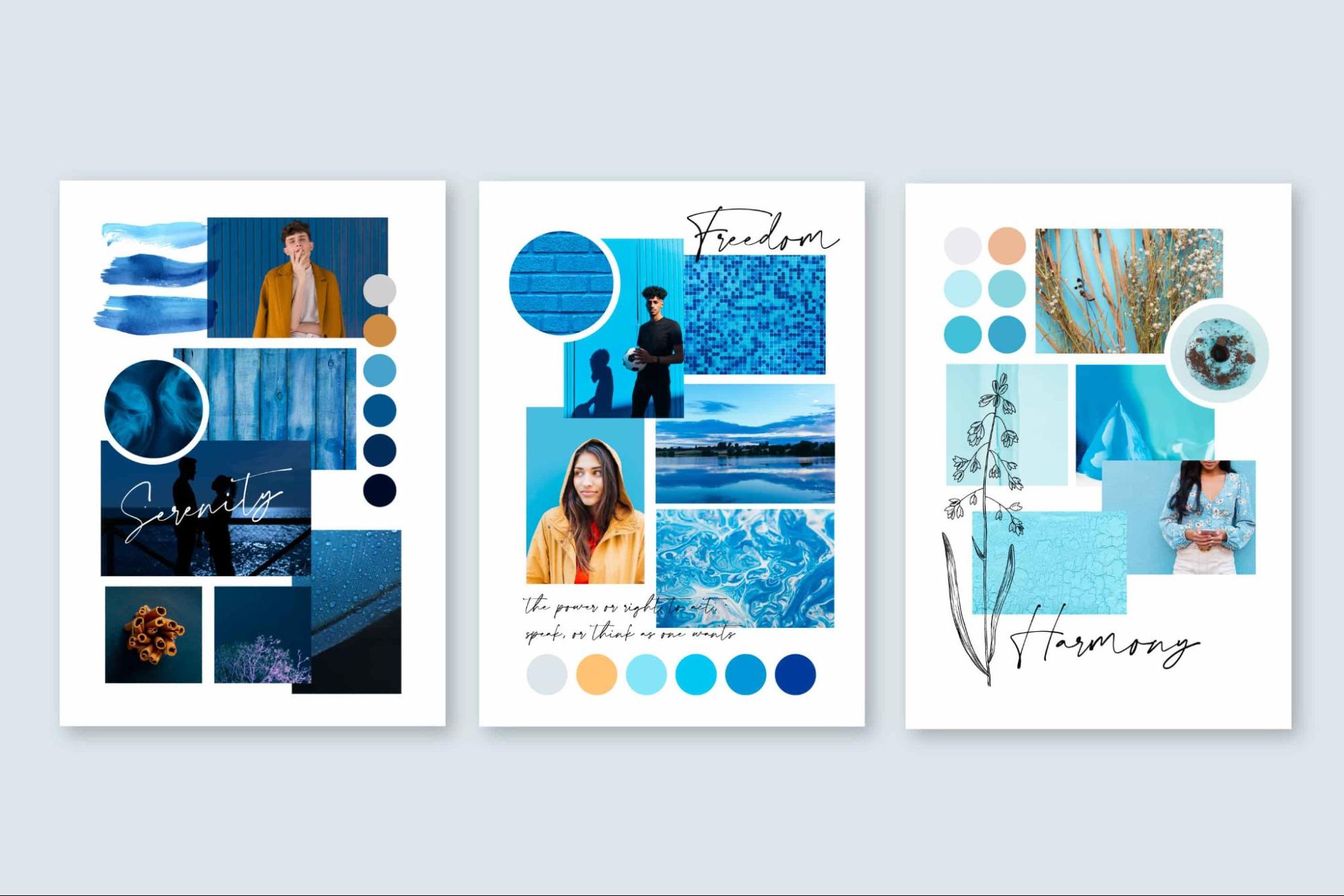
Textures and Patterns: Adding Depth to Brand Identity
Textured elements like fabrics, natural materials, or geometric patterns add layers of visual interest and richness to your brand world. If you aim for a luxurious, elevated brand experience, incorporate luxe velvet or marble textures.
Woven textiles or organic shapes could be fitting choices for a casual, bohemian brand.
Inspirational Quotes and Keywords: Capturing the Brand’s Ethos
To really drive home the heart and soul behind your brand, consider including motivating phrases, powerful words, or short value statements that encapsulate your brand’s purpose and principles.
These can serve as helpful reminders as you translate the mood board into real branding elements and visuals down the line.
The best mood boards combine these different components into a cohesive, multi-dimensional expression of your brand’s unique look, feel, and personality. With an inspirational reference point, your branding will stay focused and impactful.
Types of Mood Boards
When it comes to creating a mood board for your brand, you have a few different options. Let’s explain the main types:
Physical vs. Digital Mood Boards
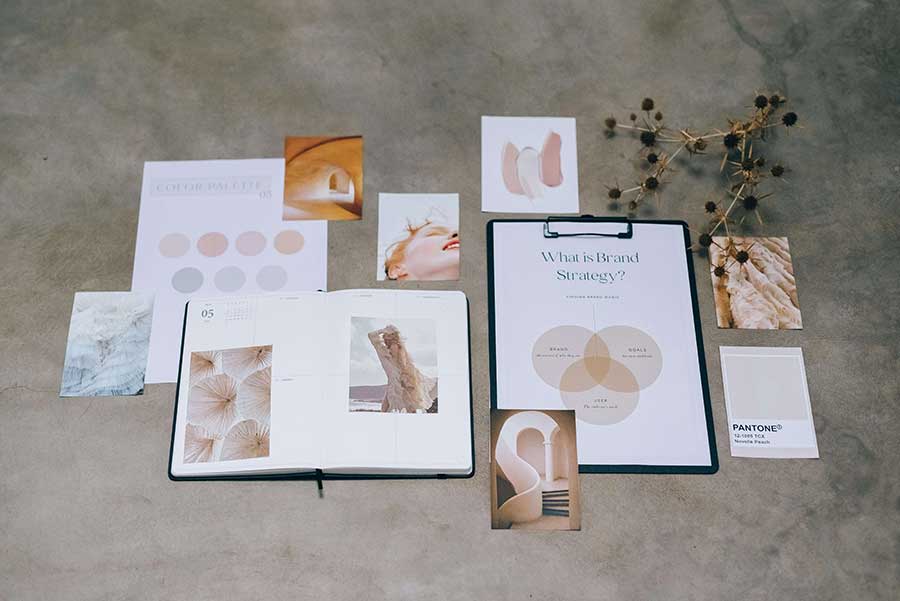
Physical Mood Boards
Physical Mood boards use physical items like photos, textures and colors glued to a board. You cut them out yourself from magazines and fabrics. Arranging them with your hands lets you try different designs freely until one fits.
- Pros: The physical process can spark more creative thinking. You get to literally touch and feel the different textures.
- Cons: Less easy to edit, share digitally, or archive. It can get messy with lots of clippings.
Digital Mood Boards
Created using images, fonts, icons, and other digital assets arranged on a computer or touchscreen device.
- Pros: Easily editable, shareable, and archivable. Can pull Inspiration from unlimited online sources.
- Cons: Looking at a screen can feel less inspiring for some. Limited to available digital assets.
Many people start with a physical board to get those creative juices flowing, then translate it to a digital version for convenience.
Conceptual vs. Material Mood Boards
Conceptual: Captures the overall vibe, personality, and strategic direction for your brand’s identity through abstract imagery and concepts. They’re valuable in the early stages of a project for exploring creative options.
Material: Focuses more on specific textures, material samples, and actual components that could be used in your final branding elements. They are developed later in the design phase to give a hands-on reference for assessing material choices and ensuring the final product satisfies visual and functional requirements.
Internal vs. External Mood Boards
Internal mood boards are designed solely for a company’s staff to agree upon the brand’s path prior to presenting externally. They help to align team members, encourage innovation, and serve as a resource for future design choices.
External mood boards serve to share brand notions and get comments from outside designers, agencies, or audiences. External Mood Boards are like a roadmap for clients, guiding them through the project’s visual concepts and building agreement among stakeholders.
The format chosen relies on objectives, tastes, and process stage. But regardless, the crucial part involves gathering a selection of elements that embody the intrinsic brand attributes.
Internal boards align employees beforehand while external ones engage outsiders’ feedback.
Through relevant visualizations tailored to the target audience, both help bring the core brand ideas to life. Defining brand direction starts internally, then external perspectives aid refinement before presenting the polished portrayal.
Steps to Create a Mood Board for Your Brand
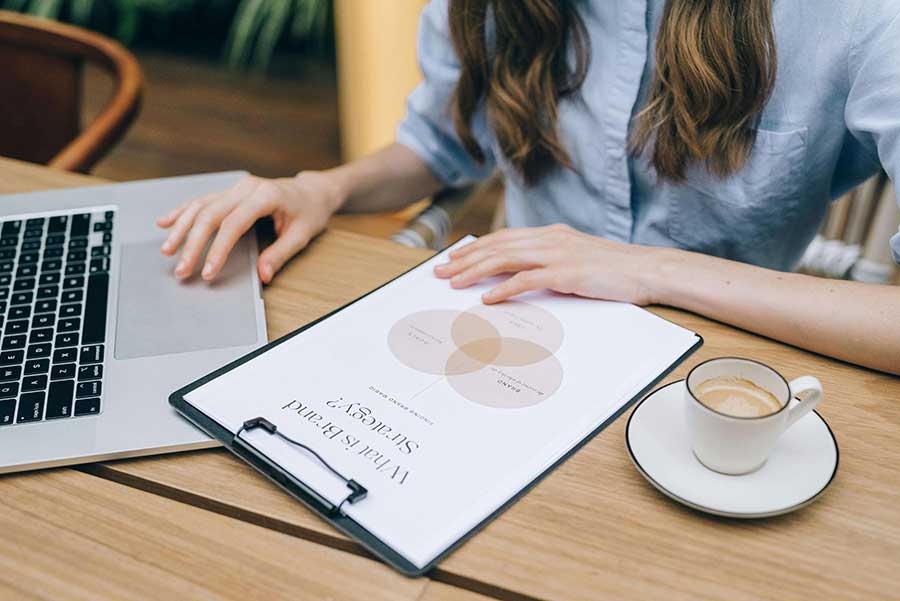
The process of developing a brand mood board is exciting and enjoyable , allowing you to visually represent the business’s personality and design. These are the key steps:
Step 1: Defining the Vision and Goals
Before collecting visuals, clarify the brand’s heart, principles, and objectives. What kind of experience do you aim to offer customers? What emotions and perceptions do you hope to evoke?
A strong strategic basis guides mood board choices accurately representing the intrinsic brand essence.
Step 2:Gathering Inspiration
It’s time to enjoy sourcing motivational visuals! Scan online magazines, packaging, photos, and more for consistent color schemes, textures, fonts, and patterns.
Establish folders or Pinterest boards to catalog assets systematically. Consider a broad selection of optimizing possibilities.
Step 3: Selecting Tools
Choose a physical or electronic mood board. Physical ones utilizing clippings feel hands-on and creative. Digital ones like Canva, Pinterest, or PowerPoint ease arrangement, editing, and distribution.
Many begin physical boards before translating digitally for convenient updating and distribution.
Step 4: Assembling the Board
Lay out assets and start piecing together the board, identifying themes and patterns characterizing the brand. Edit and refine until cohesion is achieved, richly expressing the brand world.
Step 5: Presenting and Collaboration
The finished board becomes a powerful tool for aligning internal teams and external partners like agencies or collecting audience feedback, serving as a basis for discussing direction prior to translating into logos, colors, and more.
Undergo several refinement rounds – properly establishing the board sets up long-term branding success!
Utilizing Your Brand Mood Board Effectively
Creating a brand mood board is the first step, but utilizing it effectively is key to building a strong, consistent brand identity. Here are some ways you can make the most of your mood board:
1. Guiding Brand Design Choices
To create a brand with a strong and consistent personality, you need to start with a mood board. Here are some ways you can use the mood board:
- Choosing a Logo Design
- Selecting color schemes
- Picking fonts and typography
- Deciding on patterns, textures, and imagery styles
Having the mood board visualized keeps you aligned with the overall look and feel you want to achieve for your brand.
2. Inspiring Marketing and Advertising Campaigns
The images, colors, and textures capture the essence and personality you want your brand to convey. Use your mood board as Inspiration when:
- Designing advertisements
- Creating social media graphics and posts
- Developing marketing materials like brochures or flyers
- Planning photoshoots or videos
This ensures your marketing efforts present a cohesive, on-brand experience representing your company.
3. Communicating with Stakeholders
A mood board is a powerful visual tool for getting everyone on the same page about your brand’s intended look and vibe. Share your finalized mood board with the following:
- Graphic designers or marketing agencies you hire
- Partners or investors
- Your internal team members
They can reference the mood board to align their work with your brand vision, preventing miscommunication.
4. Ensuring Consistency Across Brand Touchpoints
Use the mood board to guide all brand interaction points like websites and business cards. This leads to a consistent customer experience no matter where they encounter the brand. Visuals reinforce its character everywhere.
The mood board acts as a constant reference for new branding projects and designs. Consistent reference creates a clear brand identity that accurately represents the business.
Rather than disconnected approaches, the mood board ties all representations together cohesively in the intended atmosphere. Due to the curated selections, customers see a uniform version across all areas.
Keeping the initial board in mind prevents the core qualities from spreading too thin as growth happens. It sets a benchmark that provides continuity even when new ways creatively share the essence.
Examples of Successful Brand Mood Boards
To help you understand the power of mood boards and their applications, let’s explore some inspiring examples from various industries:
No Sugar Coca-Cola Mood Board
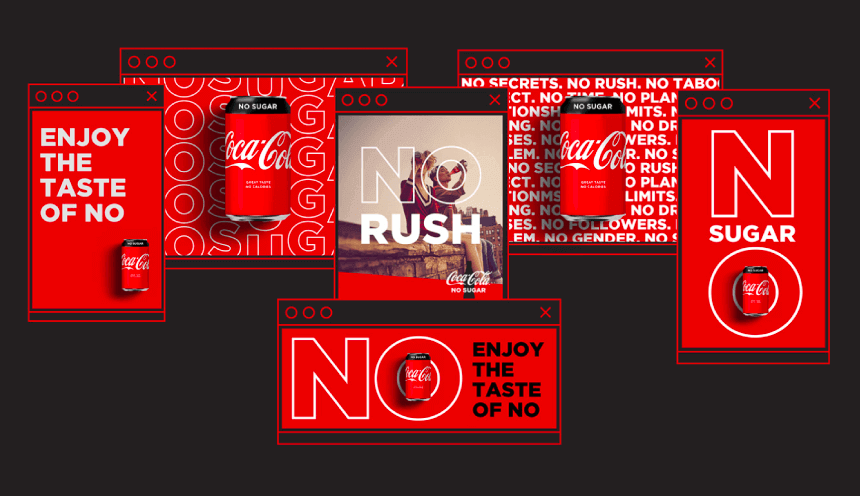
The mood board was created by creative director Ivan Zimmermann in order to showcase the coolness and taste of Coca-Cola No Sugar. The board positions the taste of the product as aspirational, an attitude beyond just flavor, capturing the essence of the brand campaign.
Fashion Brand Mood Board
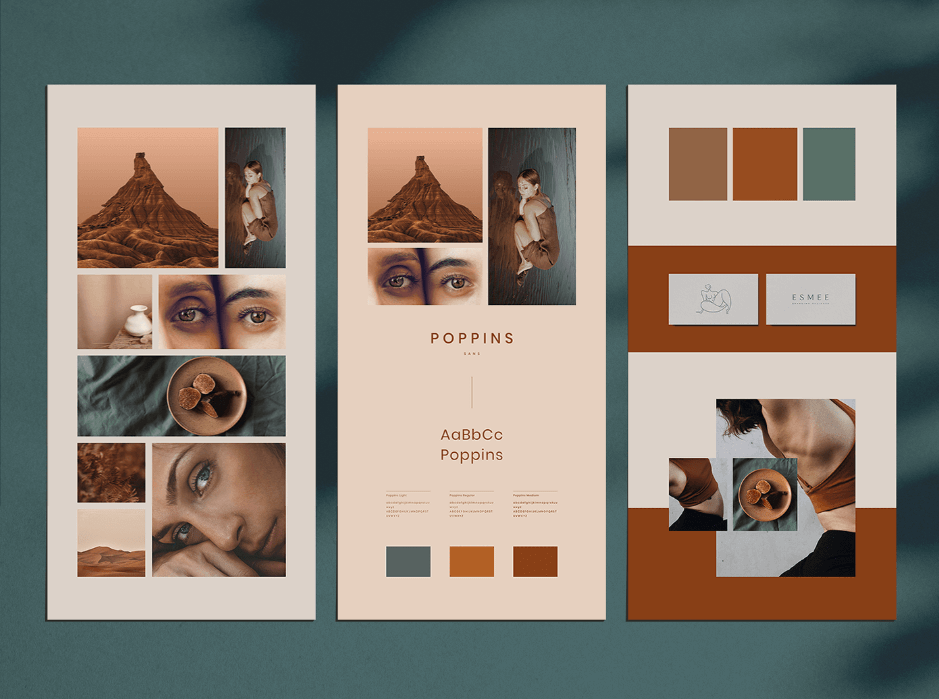
Ana-Ruxandra Nastase created this fashion mood board to show how fashion and brand can merge. The board intentionally showcases colors through materials, photography, and design. Board elements include a solid visual identity, clearly defined target audiences, and quality products that display the brand’s message.
Restaurant Branding Mood Board
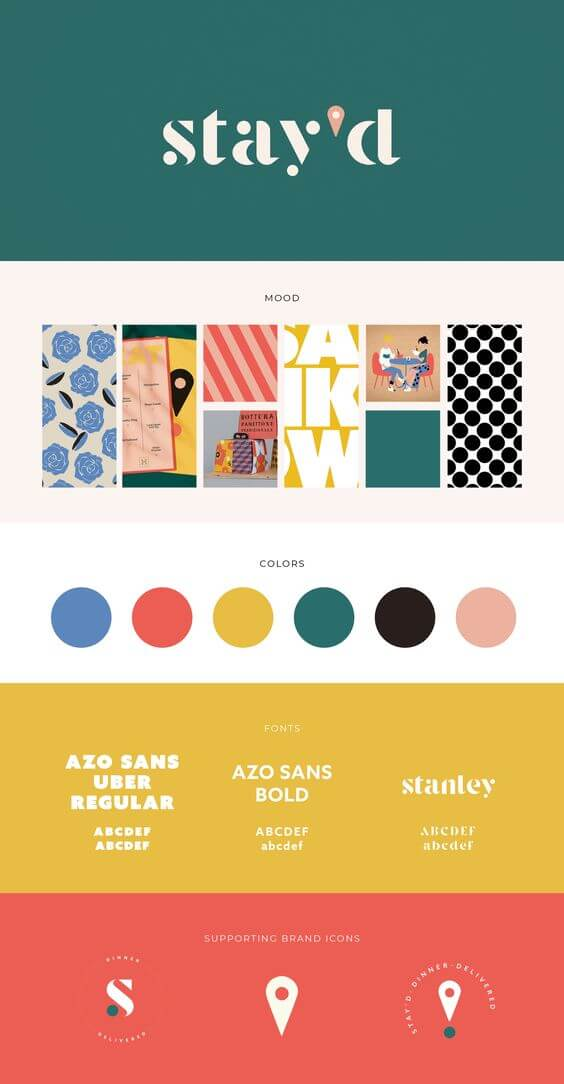
Nice Branding Agency’s completed mood board design includes a number of cohesive and distinct visual elements. It showcases a primary and secondary font, brand colors, patterns, and imagery that create a lively and energetic atmosphere for a restaurant brand.
Tips for Maximizing the Impact of Your Mood Board
Keep it adaptable while maintaining focus: A mood board should explore ideas flexibly yet concentrate on core brand qualities. Exclude elements contradicting the persona to avoid incoherence.
Update regularly: Modify the board by adding or removing visuals reflecting any brand or audience shifts. Maintain pertinence and accurate representation over time.
Revisit for each new task: Making use of the mood board before new designs maintains visual consistency and integrated communications.
Involve teammates: Rather than an individual endeavor, collaborate on assembly and refinement, allowing for a diversity of viewpoints.
Request coworker submissions fitting the identity: Crowdsourcing builds commitment by allowing investment which facilitates mood board execution.
conclusion
A mood board allows defining and expressing your brand personality through curated visuals, colors and textures. It comprehensively portrays your brand essence.
Utilize the mood board as an ongoing reference for consistent branding in all touchpoints like website, social media and marketing materials. Remain flexible – a mood board should evolve with your expanding business and shifting audience. Regular reviews maintain relevance over time.
We at Dream Farm Agency are ready to enhance your brand’s influence and presence. Our innovative services range from establishing a unified brand image to creating captivating digital interactions.
You can count on us to tune your marketing strategy, create eye-catching visual elements, or dive into web3 trends to accomplish your goals.
Feel free to contact us without hesitation if you want to learn more about your company and how we can work together to strengthen your brand’s position in the market.
Sogand
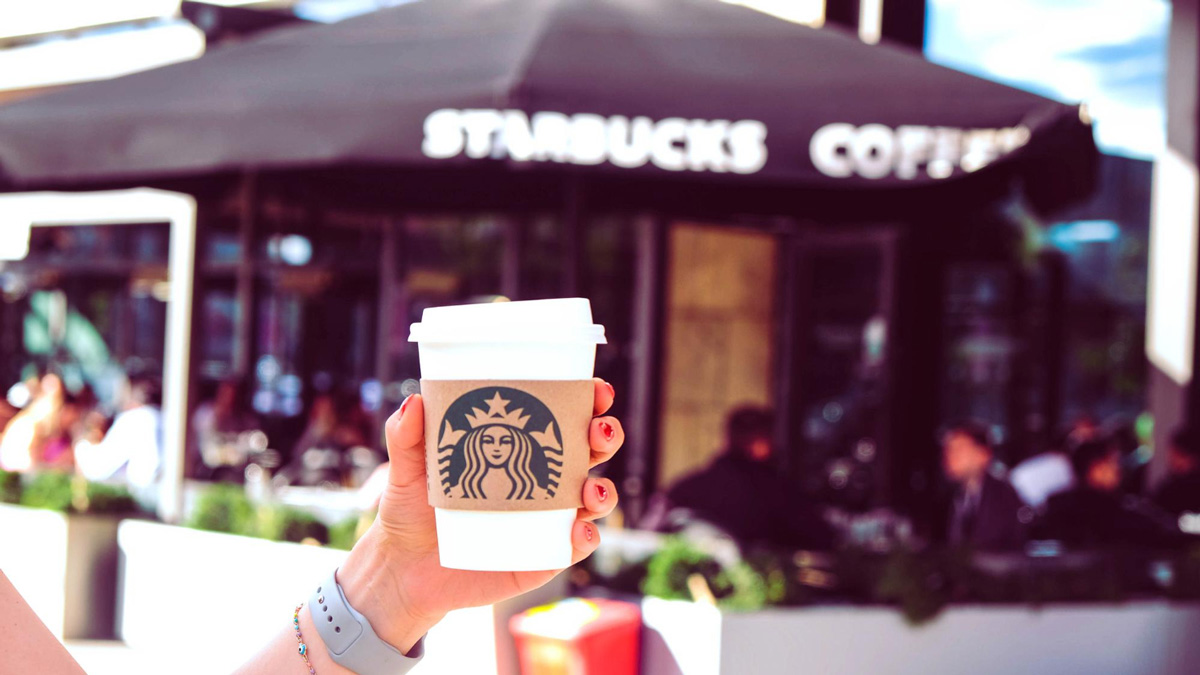


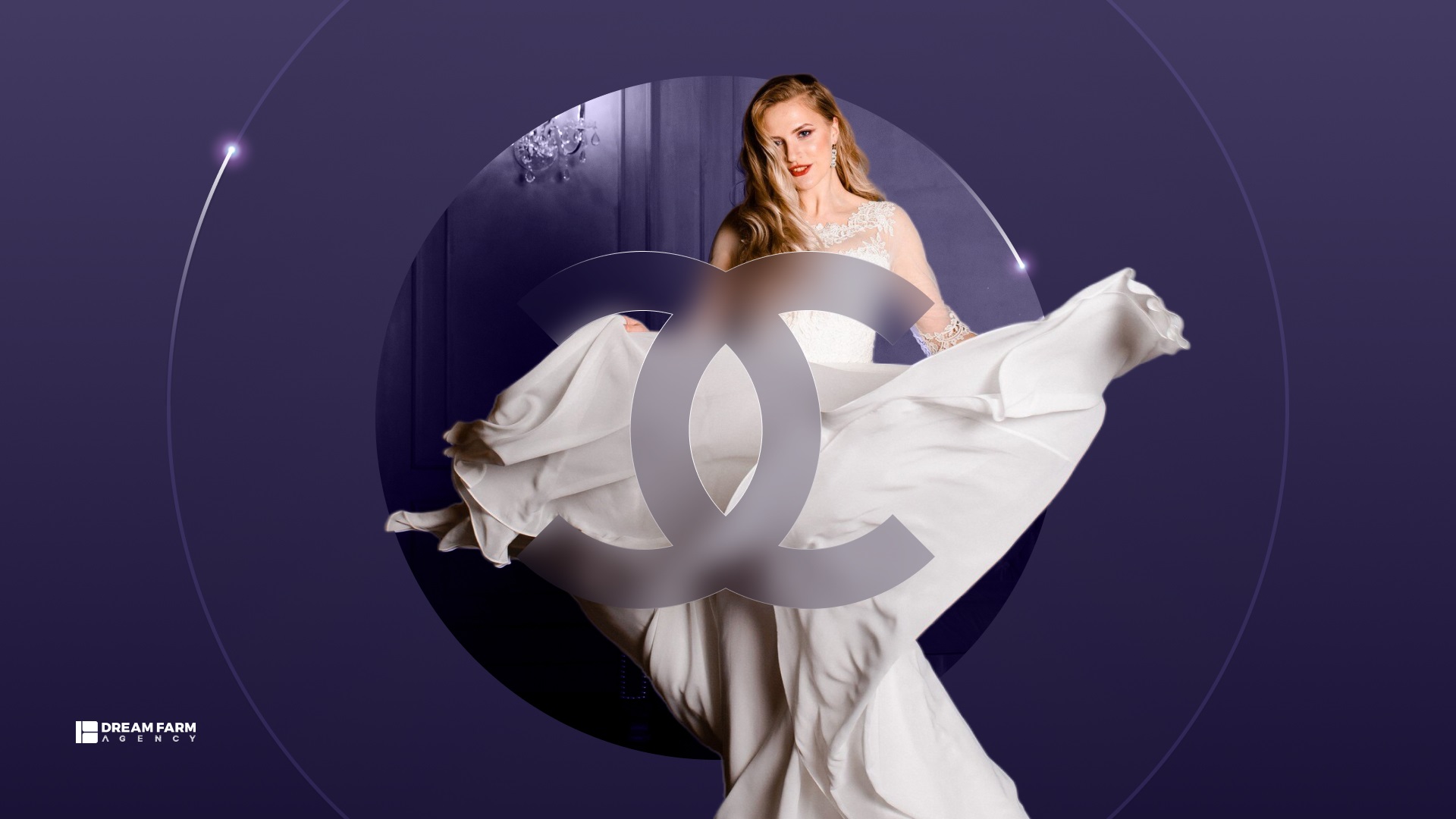
Well explained. For one of my projects, I was looking for inspiration and how to arrange various elements into a proper moldboard, stumbled upon this excellent article. Thanks
You’re welcome! I’m glad you found the article helpful for your project. If you need any more information or assistance, feel free to ask.